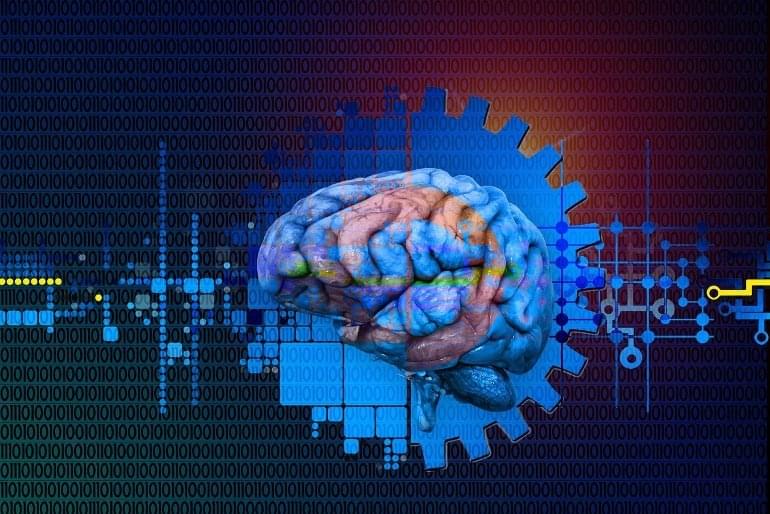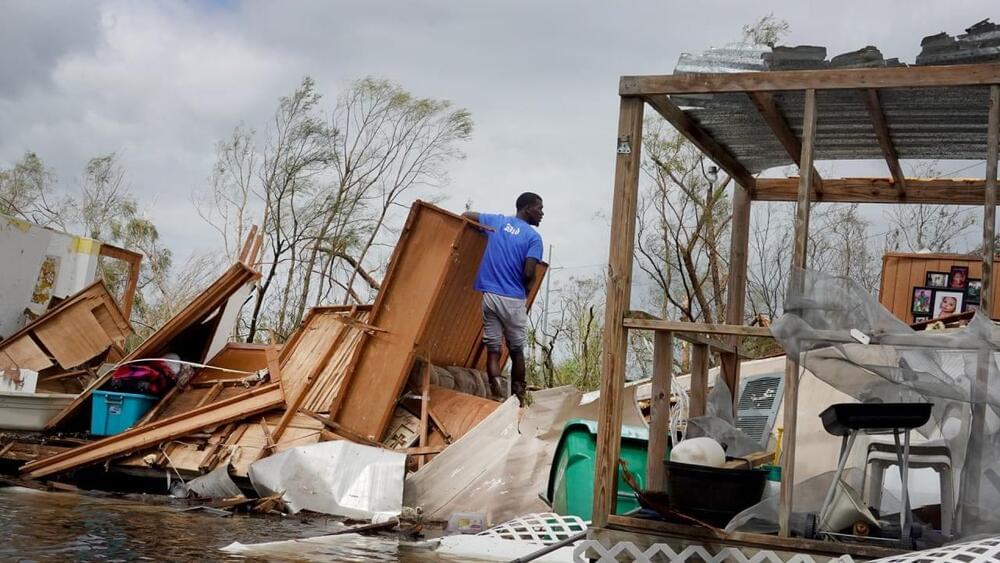We’ve been chatting with the winners of VentureBeat’s Women in AI awards. Here are the conversations, covering ethics, regulation, and more.


The event is the culmination of a vision to revolutionize search and rescue using #robots in #underground domains. Tune in Sept 21–24 on SubTV:
It was “born” in 2019 when its creator, Agility Robotics, first introduced it as a highly-capable robot with legs and arms, suited for both indoor and outdoor use. Now Digit is available for purchase and ready to take over your tedious duties.

There’s no need to install a perimeter wire with the Navimow.
Is moving into the robot mower market with the Navimow. What sets this model apart from many others is that you don’t need to install a boundary wire. Instead, Navimow uses GPS and other sensors to stay within the perimeter of your lawn.
A so-called Exact Fusion Locating System can maintain Navimow’s position accurate to within two centimeters, according to Segway. If the GPS signal ever dips, the company says the device’s array of sensors and data ensure it will still work. You can tell Navimow where to mow, define the boundaries and instruct it to avoid certain parts of your garden via an app. Segway claims Navimow uses an algorithm to figure out a mowing path so it doesn’t have to criss-cross.
Segway says Navimow operates relatively quietly at 54 dB. There are offset blades to trim edges and corners, while the mower gradually cuts grass from above to reach the height you want (between three and six centimeters). The mower can handle 45-degree inclines and it has an IPX6 water resistance rating, according to Segway.

Summary: A new AI algorithm can predict the onset of Alzheimer’s disease with an accuracy of over 99% by analyzing fMRI brain scans.
Source: Kaunas University of Technology.
Researchers from Kaunas University, Lithuania developed a deep learning-based method that can predict the possible onset of Alzheimer’s disease from brain images with an accuracy of over 99 percent. The method was developed while analyzing functional MRI images obtained from 138 subjects and performed better in terms of accuracy, sensitivity, and specificity than previously developed methods.



University of Houston researchers are reporting a breakthrough in the field of materials science and engineering with the development of an electrochemical actuator that uses specialized organic semiconductor nanotubes (OSNTs).
Currently in the early stages of development, the actuator will become a key part of research contributing to the future of robotic, bioelectronic and biomedical science.
“Electrochemical devices that transform electrical energy to mechanical energy have potential use in numerous applications, ranging from soft robotics and micropumps to autofocus microlenses and bioelectronics,” said Mohammad Reza Abidian, associate professor of biomedical engineering in the UH Cullen College of Engineering. He’s the corresponding author of the article “Organic Semiconductor Nanotubes for Electrochemical Devices,” published in the journal Advanced Functional Materials, which details the discovery.
Because now more than ever we need to know the weather.
NASA is working on a new machine learning software that could revolutionize our understanding of weather patterns.
